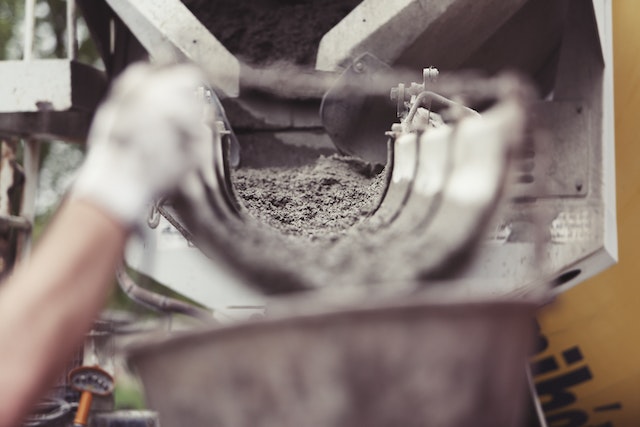How To Work Wonders With Concrete As A Material
Concrete has long been associated with urban landscapes, but its capabilities extend beyond sidewalks and outdoor furniture. From creating beautiful interior floors to sculptural elements for walls or pathways, concrete can be an incredibly versatile element that allows you to make dramatic statements in your home or garden. With the right preparation, you can create almost anything with concrete – from bench seating to decorative driveways. Here are some top tips on how to work wonders with concrete as a material:
1. Understand Your Project and Get Quality Products
Understanding your project is the first and most crucial step when working with concrete. This involves identifying the project's scope and requirements, such as the amount of concrete needed, the nature of the design, and the completion timeline. It is also essential to factor in the working conditions, which can affect curing. Once you've outlined your project, it's time to acquire quality products.
Investing in high-quality concrete and supplementary materials can significantly impact the durability and finish of your project. Suppliers at diamaprosystems.com can provide materials that meet the specific requirements of your project, from quick-set formulas to high-strength or color-mixed concrete. Always remember the success of a concrete project greatly relies on the quality of materials used.
2. Choose the Right Type of Concrete
Choosing the right concrete is crucial for project success. Different types have unique properties and applications. Rapid-setting concrete is ideal for quick installation. High-strength concrete is best for heavy loads, while Lightweight concrete suits areas with weight concerns.
When working on a decorative project, consider using colored or textured concretes to add an aesthetic appeal. Understanding these variations and their suitable applications will ensure you choose the right concrete for your project. Always consult with your supplier or a concrete professional if you need clarification on the best concrete type for your specific project.
3. Prepare the Space and Use Quality Tools
Proper workspace prep is crucial for any concrete project. Clear the area of debris and obstacles, ensuring a clean and level surface. Outline the exact area for pouring concrete using string lines or marking paint. Prioritize safety with adequate ventilation (if indoors) and wear protective gear like gloves, safety glasses, and dust masks.
When it comes to tools, investing in high-quality ones can greatly improve your work. Essential tools include a concrete mixer for larger projects, a trowel for smoothing the surface, a screed for leveling, and formwork for shaping. Remember, using the right tools makes the job easier and ensures durability and quality.
4. Proper Mixing and Laying of the Concrete
Once your tools are ready, it's time to start mixing and laying the concrete. Before you even proceed with mixing the concrete, read and understand the manufacturer's instructions regarding water-cement ratios, as this affects workability and strength. If you're working on a large project, consider renting a concrete mixer, as this is more efficient and speeds up the process.
Always follow the manufacturer's instructions regarding drying times when laying the concrete. You may also need to use plastic sheets or damp burlap if working in hotter climates. This helps prevent moisture evaporation, which can significantly affect the curing of your project. Finally, remember to use a damp sponge or brush to smooth the surface of the concrete gently.
5. Formwork for Structures
Formwork is a vital component in any concrete project. It allows you to shape the wet concrete and create structures of various sizes and shapes. To ensure accuracy, it's essential to use wooden forms that are adequately nailed or screwed into place. As the concrete dries, keep an eye on the surface tension of the molds, as this can cause cracking.
When the concrete hardens, it's time to remove the formwork carefully to reveal your structure. If done correctly, you should be able to observe individual sections that match the design of your project. And just like that, you will have created a beautiful and functional piece with concrete.
6. Curing Process and Finishing
Concrete needs to be properly cured for a long-lasting finish and strength. This can take a few days or weeks, depending on the project size and type of concrete used. Curing involves keeping the concrete wet by using water or coverings that retain moisture, such as plastic sheets. During the curing period, check the surface tension of the concrete and add more dampness if needed.
Once the curing is complete, you can finish the concrete surface. This includes polishing or brushing for decorative projects and applying sealers to protect it from weathering or staining. With some finishing touch-ups, your project is now ready to be admired.
Following these simple steps, you can work wonders with concrete and transform any space into a beautiful and functional structure. Whether it's your backyard patio or an industrial building, concrete is a versatile material that can bring your vision to life. You can create something truly special with the proper planning, quality materials, tools, and techniques.

